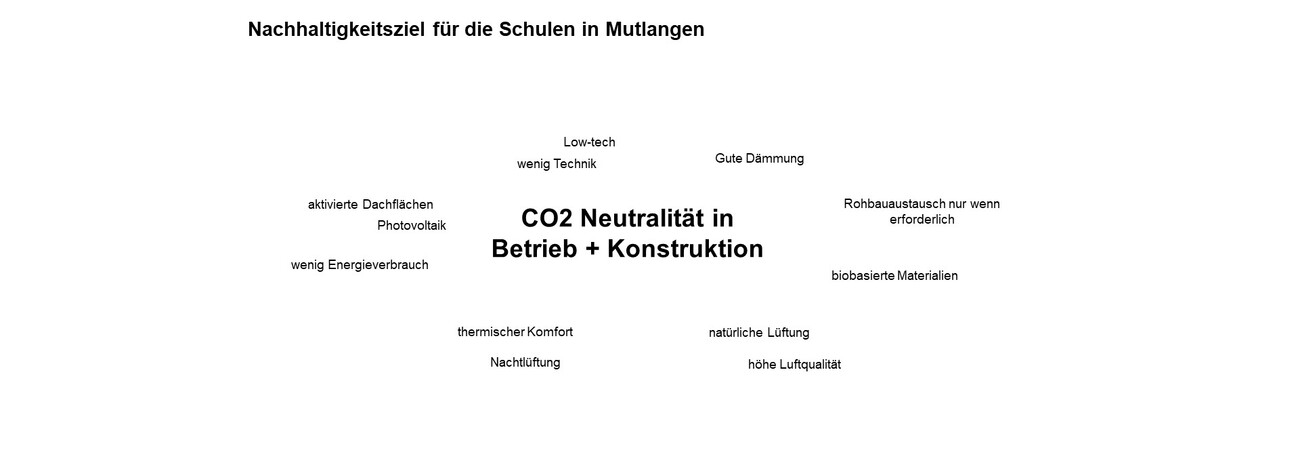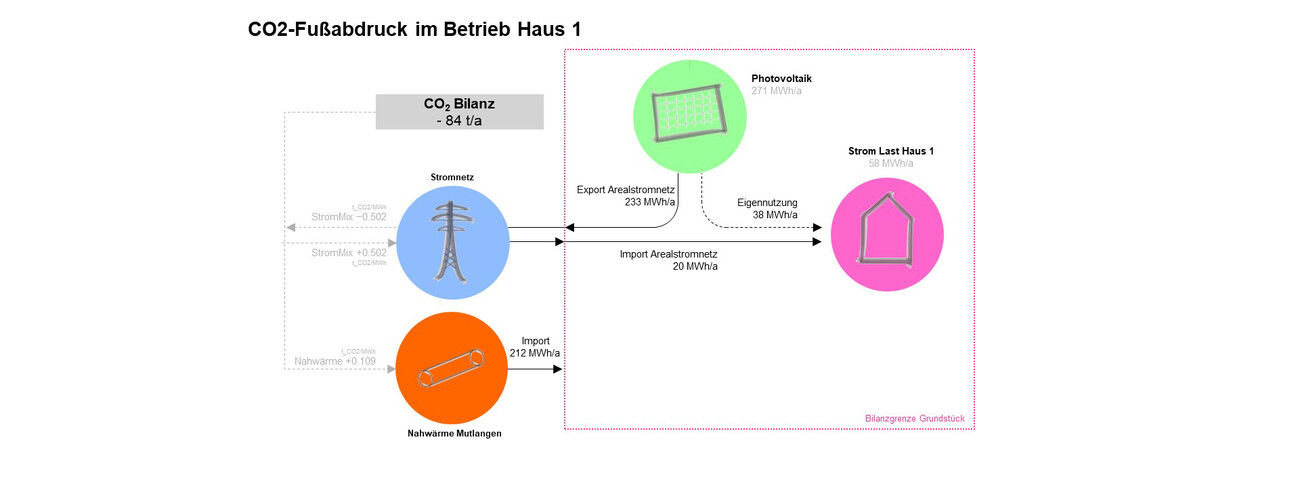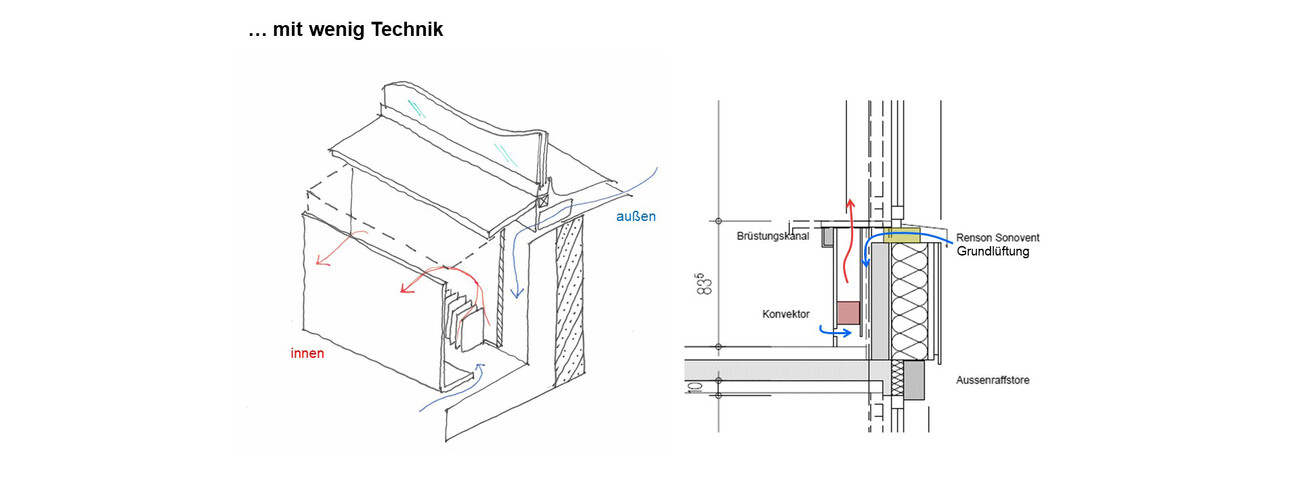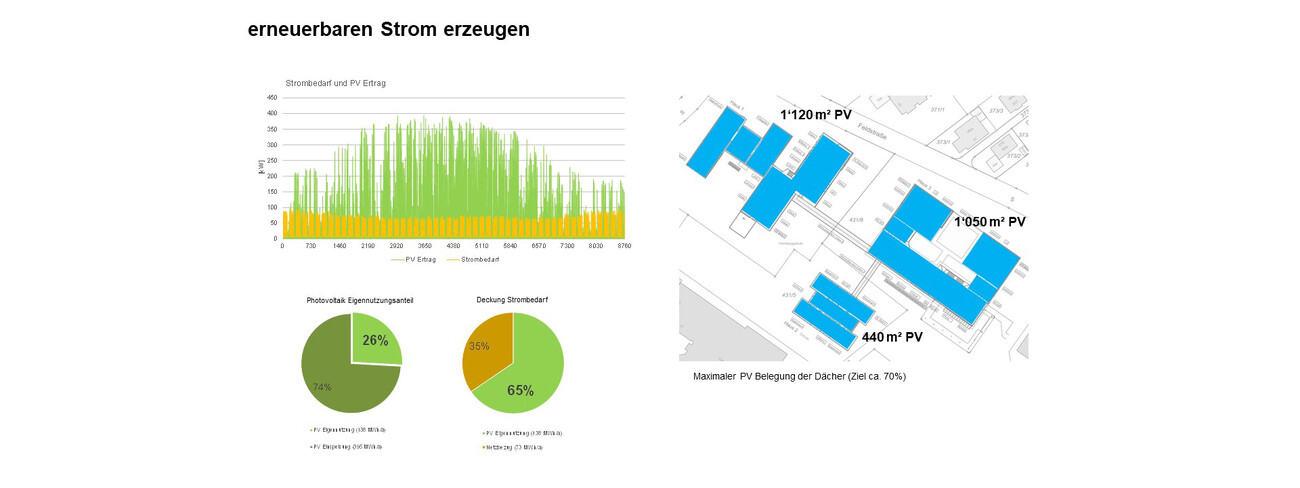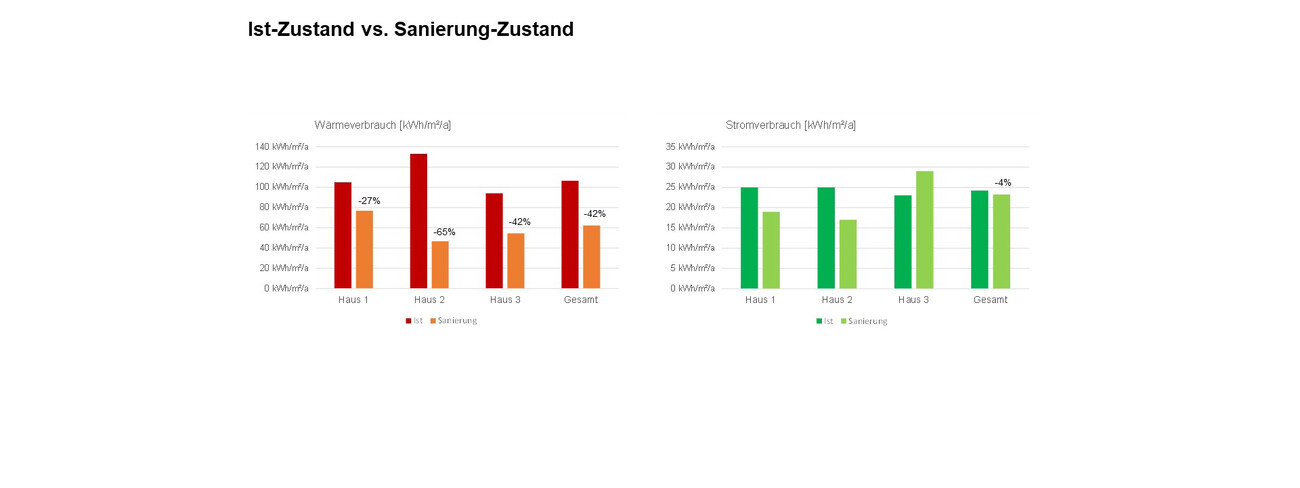Rénovation Énergétique des Écoles Hornberg, Mutlangen, Allemagne
The goal for the redevelopment is to achieve the highest possible comfort for teachers and students in each of the three existing buildings. At the same time, the ecological footprint should be as small as possible, both for the building operation and construction. With a "climate positive" building operation, the carbon footprint for the construction should also be balanced. Locally, the buildings generate renewable energy with surplus; thus, after a maximum of 20 years the CO2 load created is fully compensated.
The developed climate concept is the same for each house. Basic ventilation is provided by ventilation elements in the facades. In winter, the exhaust air is discharged via the corridor in each classroom cluster via an exhaust air heat pump with heat recovery. Additional shock ventilation during breaks allows further fresh air supply. In summer, windows can be opened during classes for natural ventilation; window elements then also allow night-time ventilation.
District heating from the local biomass heating plant supplies the buildings in winter.
Photovoltaic systems on the roofs generate renewable electricity. With a surface area of 23,681 ft² / 2,200 m², a photovoltaic system would capture enough energy to cover the building's operation with heating, cooling, electricity including user power. Although electricity from this is used directly in the schools, a large surplus remains. A portion of this energy is to be kept available as locally as possible, such as with a battery storage system,to balance out fluctuations during the day and/or by generating hydrogen as a seasonal buffer medium.
The concept is future-oriented, because it makes "climate-positive" building operation possible and offers good potential for offsetting the CO2 load of the construction over the next few years.
